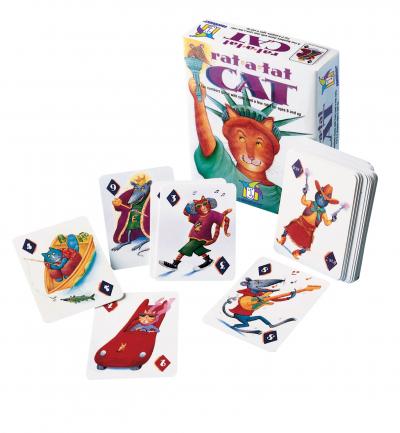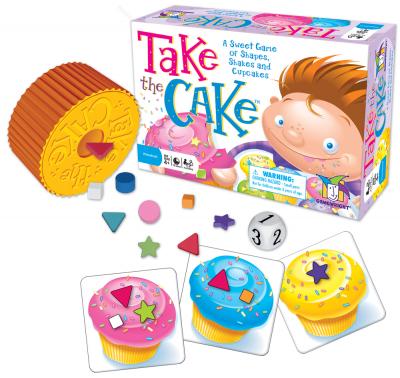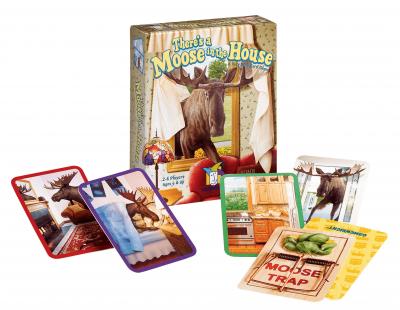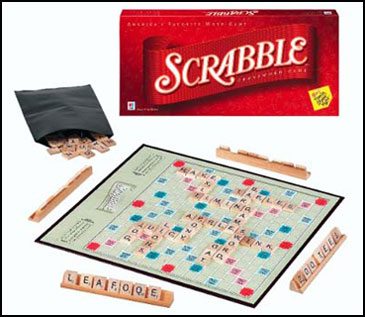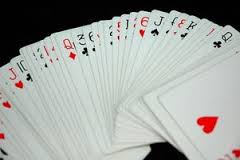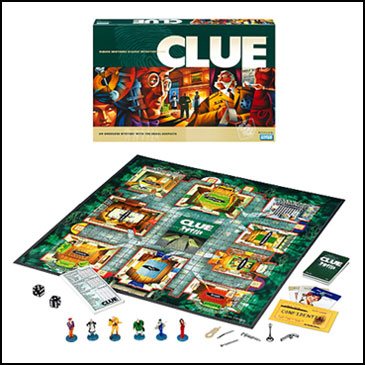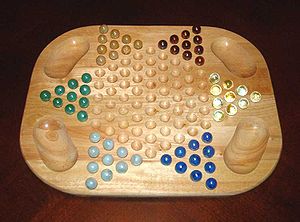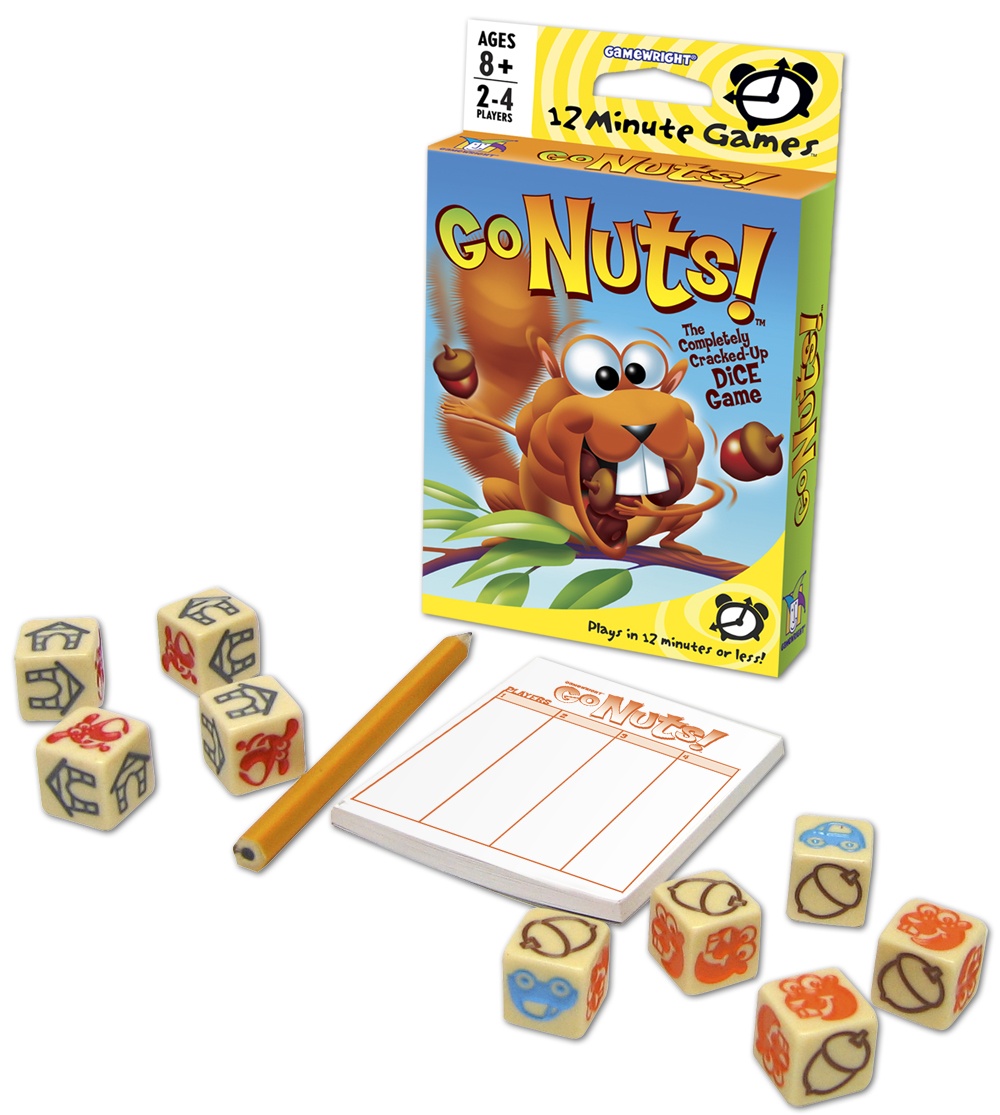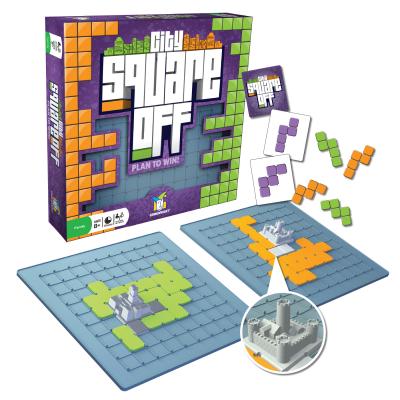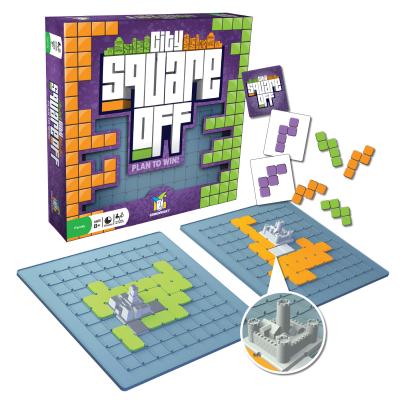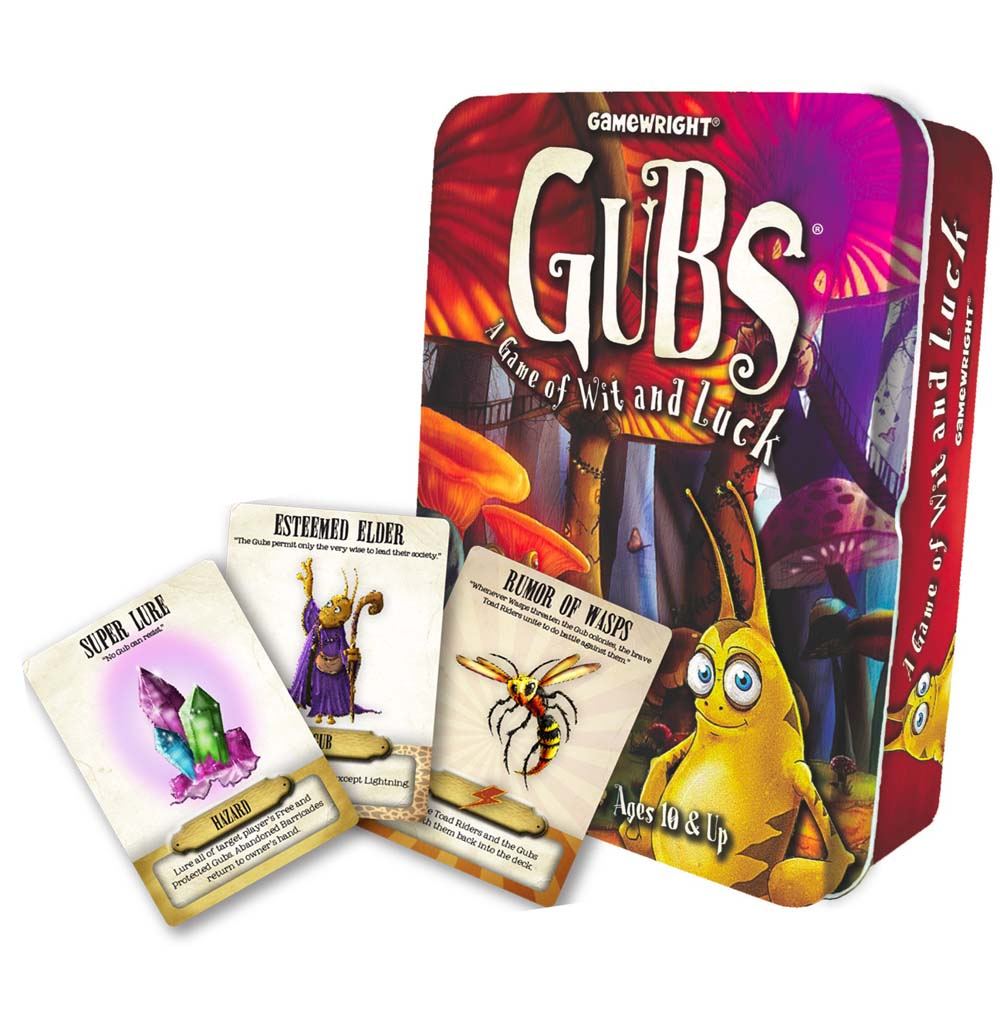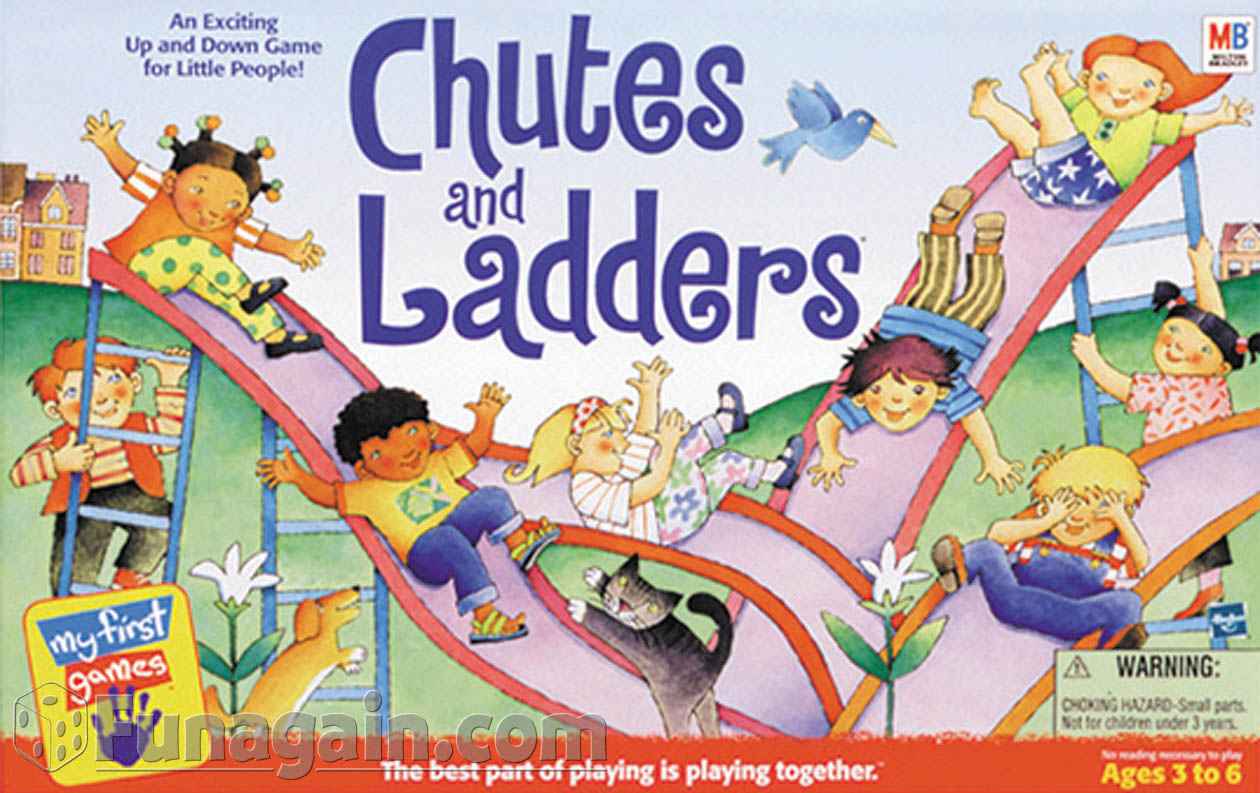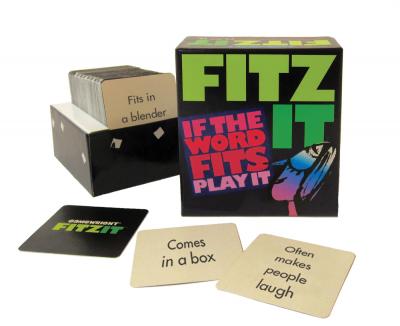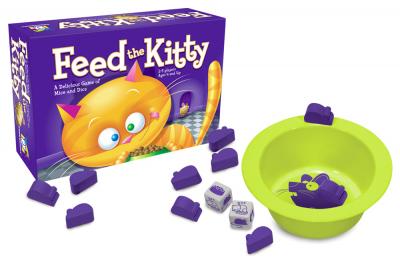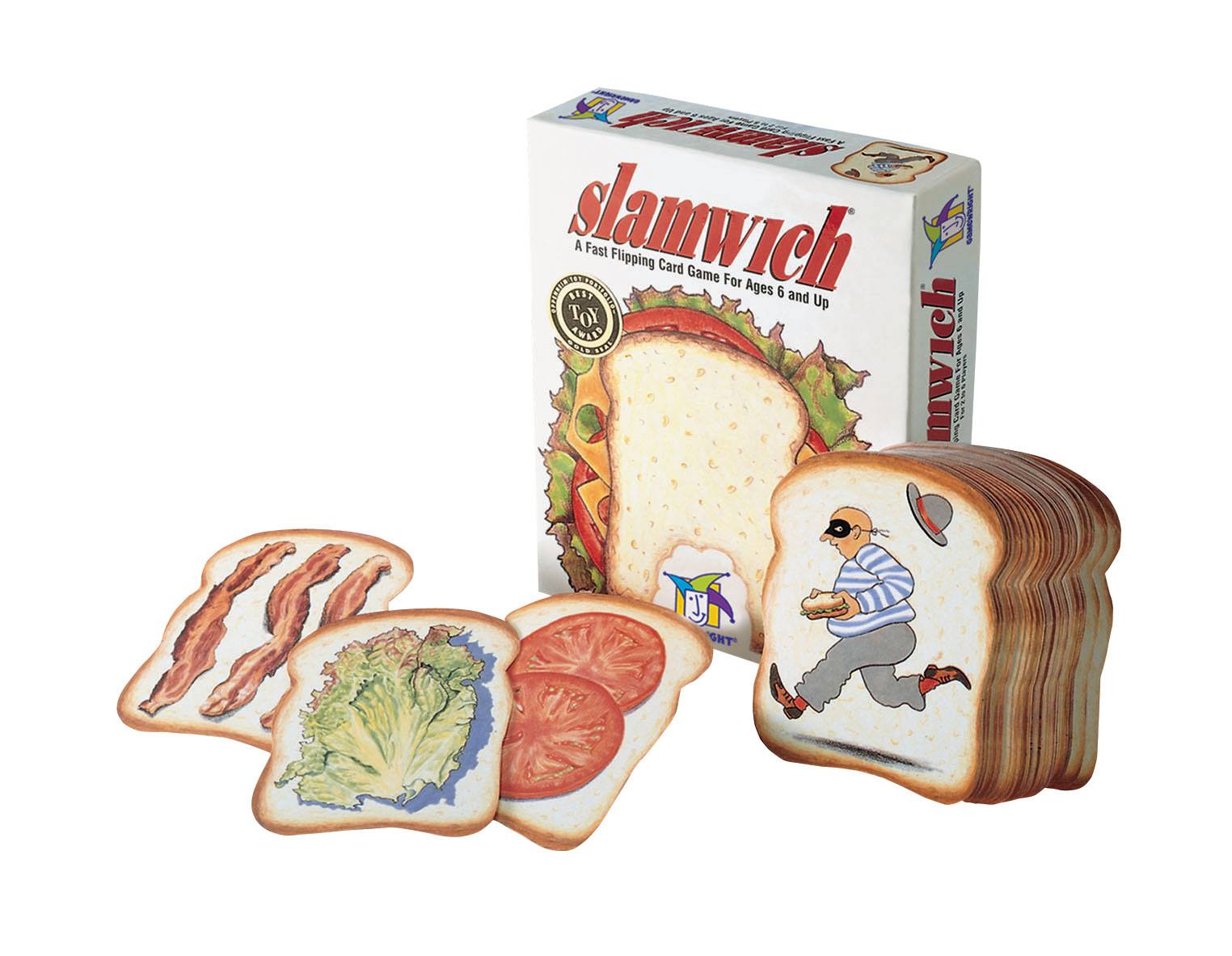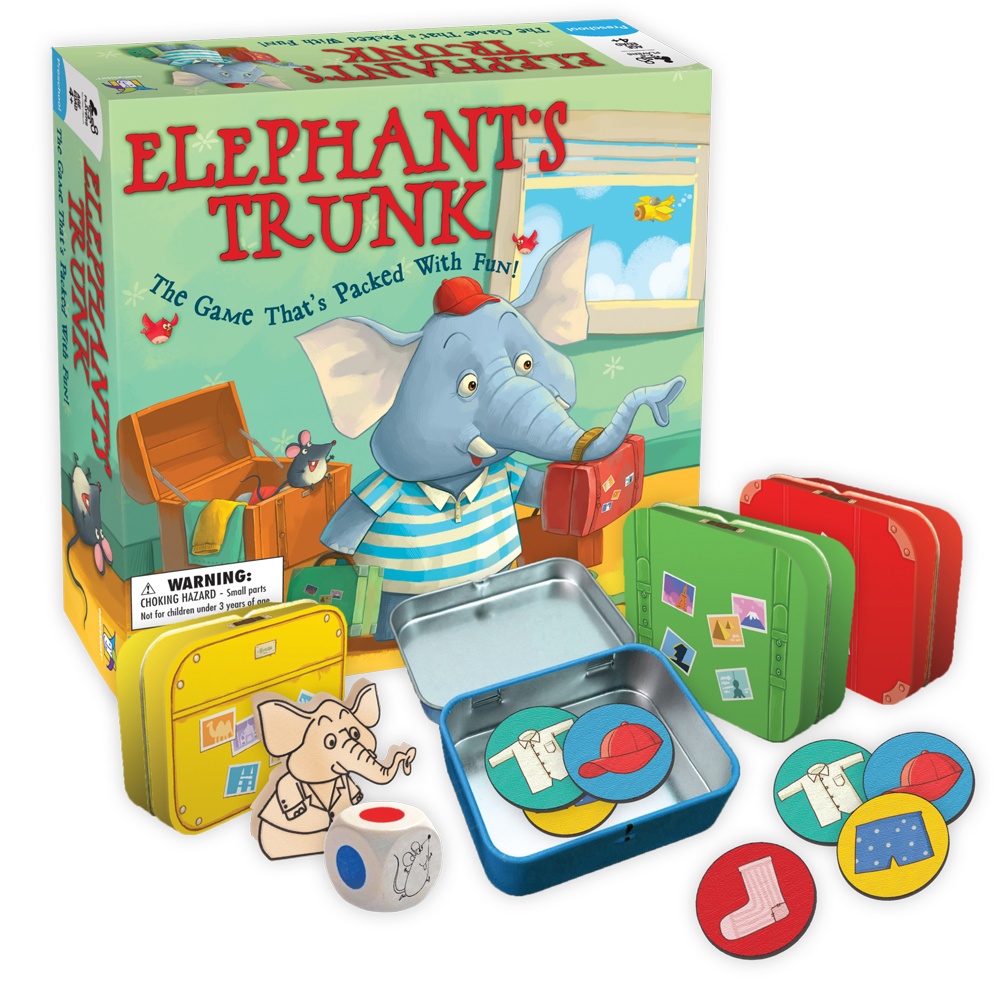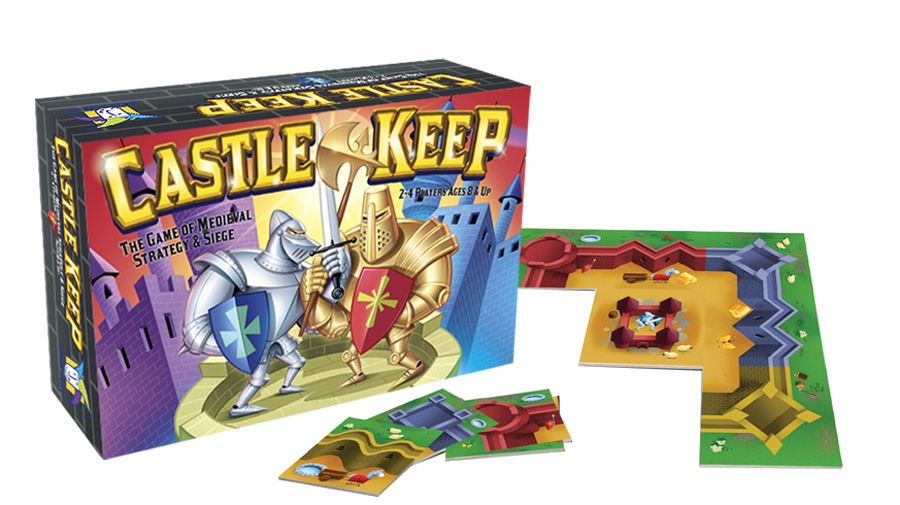1. Rat-A-Tat-Tat Cat: Power Of Mathematics
Ages: 6+ Number Of Players: 2-6 The object of Rat-A-Tat-Tat Cat is to have as few rats as possible in your hand at the end of the game. The game also sharpens memory and requires children to learn strategy as well. The round ends when a player thinks they have the lowest possible score, he or she then raps on the table saying rat-a-tat-tat.
2. Take The Cake: Power Of Shapes
Ages: 4+ Number Of Players: 2-4 Take the cake is all about taking the cake! The cupcake, that is. Each player matches wooden shapes to their card cupcakes. The player with the most correctly decorated cupcakes wins. The game teaches turn-taking and helps with fine motor skills.
3. There’s A Moose In The House: Power Of Strategy
Ages: 8+ Number Of Players: 2-5 Moose in the house is a card game of strategy. The object of the game is to have as few or no moose at the end of play.
4. Scrabble: Power Of Words
Ages: 8+ Number of Players: 2 to 4 Scrabble lets kids get creative in their use of words and word play. Parents and kids take turns building or creating words with their letter tiles. Have a doubt about whether a word is a word? Google it to determine if it’s real or not.
5. Go Fish: Power Of Matching
Ages: 7+ Number of Players: 2+ Cards: Standard Deck Go Fish players are dealt seven cards when there are only two players and five when there are more. Kids match suits or the same numbers. As cards are matched they are placed face up on the table. Players ask for a particular suit or number by asking other players or by being told to ‘go fish’ in the ‘fish pond’ of the left over deck..
6. Clue: Power Of Mystery
Ages: 8+ Number Of Players: 2-6 Clue induces kids to learn the power of deduction by finding the guilty party, weapon, and where the murder took place.
7. Old Maid: Power Of Strategy
Ages: 5+ Number Of Players: 3+ Cards: Standard deck with one queen removed The dealer in Old Maid deals all of the cards at once. The players make the initial matches and continue to do so until the remaining card, the old maid is left. Whoever is left holding the old maid loses. Kids learn to match and the way to giving away the unwanted cards.
8. Chinese Checkers: Power Of Planning Ahead
Ages: 5+ Number Of Players: 2-6 The objective of Chinese checkers is to be the first to reach the “home” of one’s opponents. Kids must learn the value of planning moves in advance in order to win the game.
9. Go Nuts: Power Of Mathematics
Ages: 8+ Number Of Players: 2-4 Go Nuts is a dice game that requires the adding up of points. This game is very fast paced and can usually be played in 12 minutes or less. The winner is the player who earns 50 points.
10. City Square Off: Power Of Spatial Thinking
Ages: 8+ Number Of Players: 2 Teams Or Players City square off is a tetris like board game. Kids or teams take turns building up their cities without going over the edge.
11. Gubs: Power Of Imagination
Ages: 10+ Number Of Players: 2-6 Gubs is a card game designed to fire up a kid’s imagination, while taking about 20 minutes for complete play.
12. Candyland: Power Of Color
Ages: 3+ Number Of Players: 2-4 Candyland is a classic Hasbro board game. Players take turns drawing a color card and moving their gingerbread man to the corresponding color.
13. Chutes And Ladders: Power Of Decision-Making
Ages: 4+ Number Of Players: 2-4 Chutes and ladders teaches the value of making good decisions through ‘climbing’ the ladder of success or chuting back down when a bad decision is made. The player to reach the number 100 square is the winner.
14. Fitz It: Power Of Language
Ages: 10+ Number Of Players: 2-4 Fitz it is a card game with words. The cards have the definition of an object. The players must think of a corresponding object that matches the phrases. The winner is the one with no or the least number of cards at the end of play.
15. Feed The Kitty: Power Of Creativity
Ages: 4+ Number Of Players: 2-5 Feed the kitty does not require the need to read in order to play. It does require players to try and outwit one another. The object of the game is to have the most mice left over.
16. Slamwich: Power Of Stealth
Age: 6+ Number Of Players: 2-6 Slamwich is a game to outwit the other players out of their cards. Lay down double deckers and be sure to shout ‘Stop Thief’ when you see one appear.
17. Rory’s Story Cubes: Power Of Storytelling
Ages: 8+ Number Of Players: 2-6 Rory’s story cubes does not require reading in order to play. Roll the 9 image dice and tell a story with the images rolled. Players may play as long as they wish.
18. Elephant’s Trunk: Pattern Recognition
Ages: 4+ Number Of Players: 2-4 Elephant’s trunk players are given suitcases and clothes tokens. The dice is color-coded with one side having a mouse. If the mouse is rolled the player loses a turn. When a color is rolled the coinciding clothing goes into the player’s trunk. The winner is the one with the most clothes in their trunk at the end of play.
19. Castle Keep: Power Of Strategy
Ages: 8+ Number Of Players: 2-4 The object of Castle Keep is to build and fortify your castle before your opponent does. Or to leave your opponent’s castle in utter ruins.
20. Ugly Doll: Power Of Quick Thinking
Ages: 6+ Number Of Players: 2-6 The object of Ugly Doll is to shout ‘Mine’ when 3 of the same cards are showing. The winner of the game is the one with the most cards at the end.
